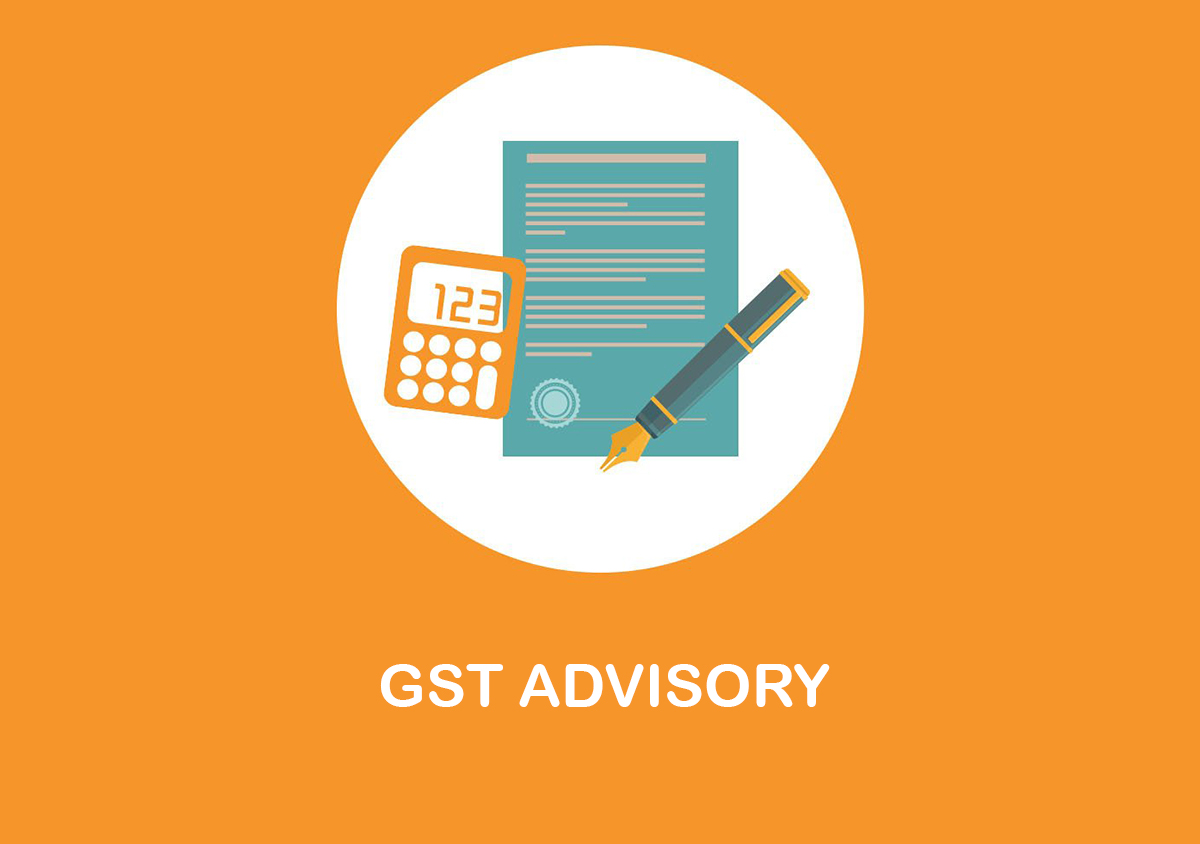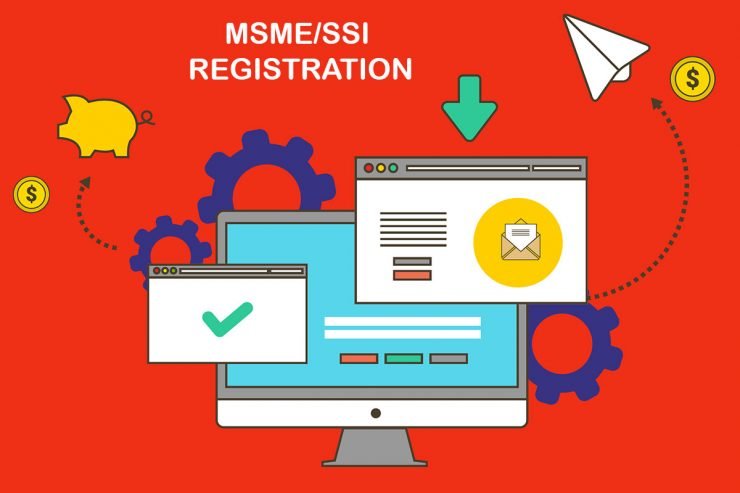

PRACTICE DETAILS
- Lawyer Mr. Shaman Jain
- Skills Tax Filings
- CATEGORY Direct Taxation, Tax Registrations & Filings
ABOUT THIS PRACTICE
The Goods and Services Tax (GST) model law will go through several changes and the organizations are required to carry on a study to stay updated with any kind of changes. Staying updated with the changes includes a comprehensive study of GST, discerning changes in any long-term contracts, conducting tax-code mapping for all transactions and reviewing existing level of compliance. Legal Nestors has liaisoned with the experts in this particular sphere to assure you that your business is fully prepared for GST on July 1, 2017.
Features of GST
- TAXES SUBSUMED BY GST: There are so many indirect taxes like Central Excise Duty, Service Tax, VAT, Central Sales Tax, Customs Duty, Central Surcharge & Cess, Octroi, Luxury Tax, Entertainment Tax, Purchase Tax etc and GST will integrate all these indirect taxes to make it one single tax which will be applicable on all goods and services including even the petrol and petroleum products.
- GST RATES: A four-tier structure has been fixed by the GST council and GST rate will depend on the type of goods and services. Existing slab rates are 5%, 12%, 18% and 28%. Gold is fixed at the rate of 3%; whereas, rough stones are fixed at the rate of 0.25% .
- CGST & SGST: There will be two components in GST namely central component (Central Goods and Services Tax or CGST) and state component (State Goods and Services Tax or SGST) and thus, both centre and state can impose GST on all entities. Integrated Goods and Services Tax (IGST) comes into play during inter-state transactions and this tax is to be imposed by the centre.
- GST THRESHOLD: All the Businesses having a supply turnover of over Rs. 20 lakh must be registered for GST.The word supply is significant in this case, as it takes into account any turnover, including stock-taking, discounts and freebies. Actually, even those supplying non-taxable goods must be registered for GST. Any business that is making sales in other states must be registered for GST, irrespective of the turnover.
Advisory Support
- Change in tax rates;
- Change in Time and Place of supply rules for goods or services or both;
- Assessing impact on outward supplies including goods and services;
- Examining influence on acquisition of inputs / input services;
- Evaluation under GST, includes incidence on free of costs supplies, stock transfers, discounts, incidental supplies and supplies to related parties;
- Investigation of position on availability of input tax credits – credit restrictions or additional tax credits on obtaining goods and services; and,
- Depending on the above parameters, Company’s operations, selected products and working capital is evaluated for the effect of GST on all the above mentioned.
- Identifying alternate business models to ensure tax efficiencies and credit-optimisation;
- Evaluation of the alternate business models identified basis the tax costs involved;
- Identify potential risks and suggest suitable mitigating strategies, associated with the identified models; and,
- Define the business model / contractual scenarios after discussions with the Management that could be taken up for implementation.
- Impact of GST is determined on the costs of Products and services considering additional tax costs;
- Guidance is provided to adopt a suitable pricing method taking into account the additional savings / burden and the legal provisions;
- Suggests the apt preventive measures to be adopted; and,
- Can be represented before the Regulatory authorities constituted for Anti-profiteering.
- Changes are implemented in processes fixed for billings, devising a system for receiving advances / payments etc;
- Providing Guidance on eligibility of specific credits that could be available under GST regime;
- Eligibility and transfer-ability of existing Input tax credits are evaluated and updated;
- Support is given while preparation and upload of statutory Forms for Transition of credits;
- Guidance is given regarding recovering tax from customers;
- Key areas are highlighted for negotiation, with vendors / customers, related to the contractual arrangements;
- Aids in acquiring GST registrations or migrating existing registrations; and,
- Preparing and updating compliance Manuals / SOPs.
- Blueprints and flowcharts available to us becomes the basis of studying the existing IT System, thus, providing the tax triggers and mapping for each of the business transactions;
- All the changes introduced in law including the ones for transition of credits are the basis for evolution of logics;
- The tax rates are configured and master file is updated on the basis Of scheduled rates;
- Advise is provided for the reports to be generated from the system for GST purposes;
- Gives guidance on the structuring of invoices, credit notes, debit notes and other related documents;
- UAT tests of the GST version of the IT systems are conducted and observations are reported; and,
- Final testing of the IT systems are done and a compliance report is given
- Customised internal training's for organisational requirements for Finance, Taxation, Legal, Commercial, Sales and Marketing departments; and,
- Training's for vendors, suppliers and customers.



